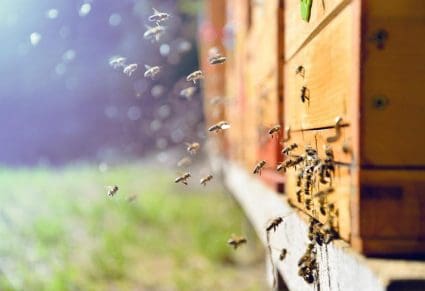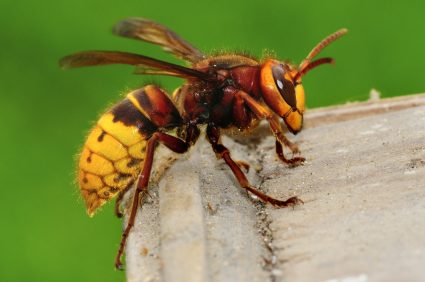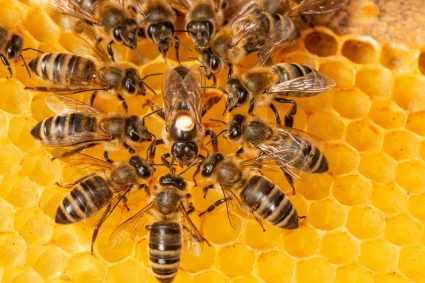
Understanding your rabbit’s droppings is a critical component of monitoring their overall health. In this comprehensive guide, we’ll delve into everything you need to know about rabbit droppings, from their appearance to the implications of changes in their color, size, and consistency.
Rabbit droppings, or fecal pellets, typically look like small, round balls similar to cocoa puffs. They can vary in color from medium green, dark green, dark brown to nearly black, and sometimes they can be more tan or wheat-colored. Healthy rabbit droppings should have a firm, dry, and crumbly consistency, maintaining their shape but crumbling under gentle pressure. Inside, you should find lots of chewed-up hay.
What Do Rabbit Droppings Look Like?
Rabbit droppings, also known as fecal pellets, typically resemble small, round balls akin to cocoa puffs. The color of these droppings can vary from medium green, dark green, dark brown to nearly black, and sometimes they can be more tan or wheat-colored. The size of the droppings does not necessarily correlate with the size of the rabbit, as even small rabbits can produce large fecal pellets.
Healthy rabbit droppings should have a firm, compact, and well-formed consistency. They are relatively dry and friable, maintaining their shape but crumbling into a sawdust-like texture under gentle pressure. Inside the droppings, you should find lots of chewed-up hay. Regularly checking your rabbit’s droppings can help you establish a baseline for what’s normal for your bunny and identify any potential health issues.
Rabbit Droppings and Health Indicators
The appearance of rabbit droppings can be used to gauge the overall health of a rabbit in several ways.
- Size: Smaller than usual droppings may indicate that your rabbit is stressed, not eating enough, or has a health concern like a tooth problem. If the droppings are consistently small, it could be a sign of chronic pain or an intestinal blockage.
- Shape: Elongated oval-shaped droppings may indicate that your rabbit’s fecal pellet production has slowed down.
- Smell: Normal rabbit droppings should have little to no smell. A strong smell, especially in cecotropes, may indicate an issue with your rabbit’s diet or digestion.
- Texture: Soft and watery droppings can indicate serious health problems. Cecotropes should be soft but not watery, and fecal pellets should be dry and crumbly.
- Color: A healthy rabbit will produce pellets of consistent color, which can range from light to dark brown. Drastic changes in color between pellets or pellet piles may indicate an internal issue. Darker, more moist droppings may be a sign that your rabbit is getting too much protein in their diet.
Causes of Abnormal Rabbit Poop
Some common causes of abnormal rabbit poop include:
- Unhealthy diet: A diet too rich in sugar or low in fiber can lead to abnormal poop.
- Stress: Stressful events or situations can cause changes in a rabbit’s poop, such as smaller or misshapen pellets.
- Illness: Diseases that affect a rabbit’s digestive system or cause pain and stress can lead to abnormal poop.
- Intestinal parasites: Parasites like coccidia, roundworms, and tapeworms can cause abnormal poop, including diarrhea.
- Intestinal impaction: Blockages and build-up inside a rabbit’s digestive system can result in abnormal poop.
- Megacolon: A rare condition that can result in large, egg-shaped poops.
If you notice abnormal poop in your rabbit, it’s essential to consult a rabbit-savvy veterinarian with a sample for testing and proper diagnosis. Adjustments in diet, stress reduction, and appropriate medical treatment can help address the underlying causes and improve your rabbit’s health.
By understanding the appearance and potential variations in your rabbit’s droppings, you can play a crucial role in monitoring their health and ensuring their well-being. Remember, when in doubt, always consult with a professional.
Frequently Asked Questions
How often should I check my rabbit’s droppings?
You should check your rabbit’s droppings daily. This enables you to quickly pick up on any changes, which could be an early sign of health issues.
What is the difference between fecal pellets and cecotropes?
Fecal pellets are the normal, round droppings that rabbits produce. Cecotropes, on the other hand, are nutrient-rich droppings that rabbits typically eat directly from their anus. Cecotropes are often softer and darker than regular fecal pellets.
How can I collect a sample of my rabbit’s droppings for the vet?
You can collect a sample by using a clean, dry container or bag. Ensure the droppings have not been contaminated by urine or other substances. It’s best to collect the sample as close to your vet appointment as possible, as freshness can be important for accurate testing.
Can I change my rabbit’s diet to improve their droppings?
Yes, a balanced diet is essential for healthy rabbit droppings. The primary component of a rabbit’s diet should be grass hay, supplemented with a small amount of fresh vegetables, pellets, and water. Any changes to your rabbit’s diet should be made gradually to avoid upsetting their digestive system.
What should I do if my rabbit stops producing droppings?
If your rabbit stops producing droppings, it could be a sign of a serious health issue such as GI stasis. Contact a rabbit-savvy vet immediately.












